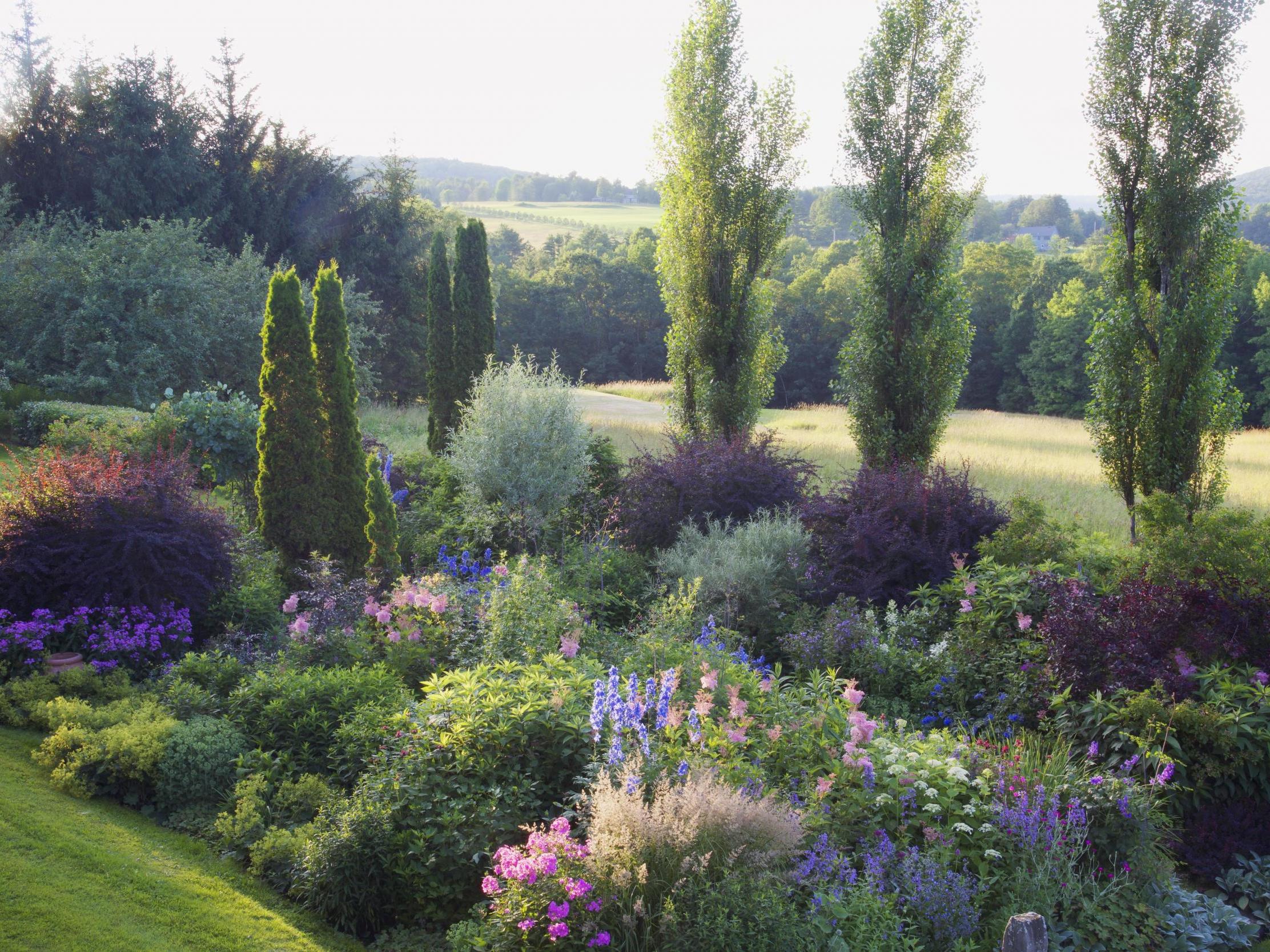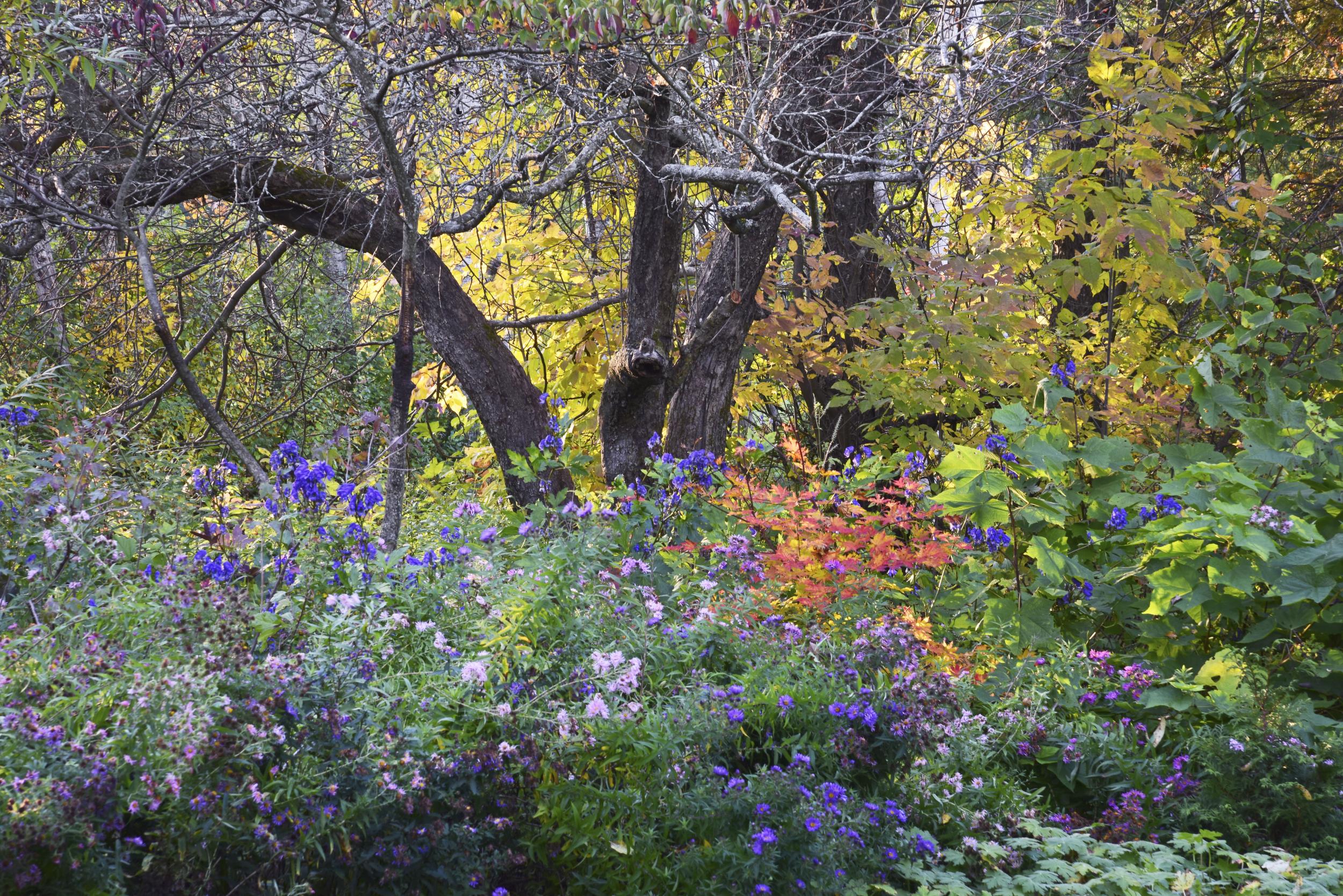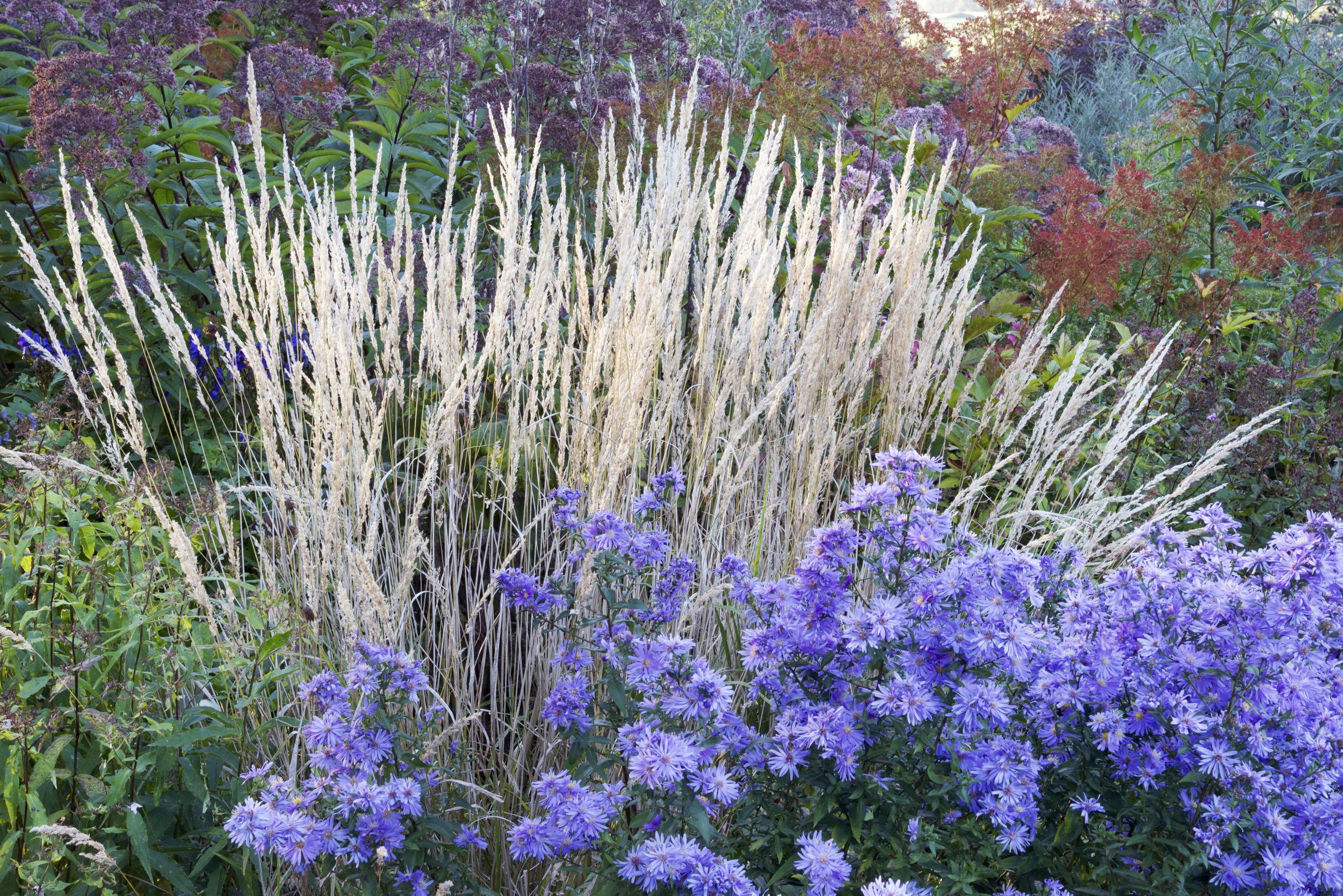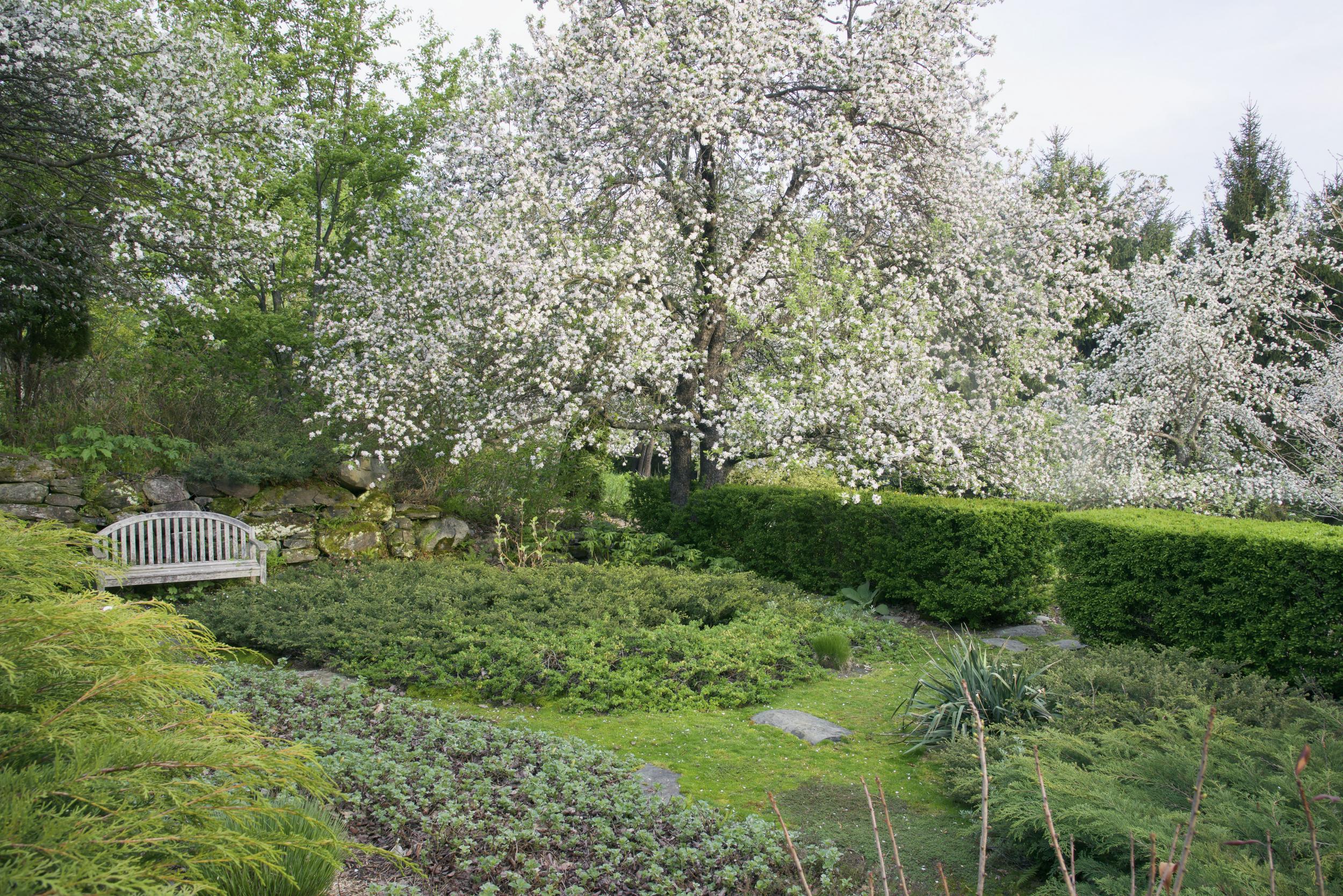‘This garden packed with old-fashioned plants feels right’: How to cultivate a soulful garden
What does it mean for a garden to have soul? Adrian Higgins explains and suggests ways to cultivate your space to make it unique and memorable

What gives a garden its soul? It’s a straightforward question with a complicated answer.
A garden gets its essential character through a number of elements: the spaces that are carved up, the way views are framed and the references to the surrounding environment, including topography. Time is an important factor, because it takes several years for trees, shrubs, hedges and vines to attain their own architectural character.
Most of all, a garden can only come to life with the continuing involvement of a gardener. A soulful garden might be professionally designed; a sensitive designer can bring essential clarity and coherence. But a garden that is merely constructed – instant, overblown and derivative – will find that spirit elusive. Soulful gardens have a particularity about them that makes them not only unique but also memorable.
Landscape makers and theorists through history have understood the need to “consult” the underlying qualities of the site, and then augment its character through the patient development of the garden.
These ideas underpin a new book, Spirit of Place, by Bill Noble, a garden designer and landscape preservationist who has spent almost three decades developing his garden around an 1830s Greek Revival farmhouse in Vermont with distant views of the White Mountains in neighbouring New Hampshire.
He lives with his partner, James Tatum, on high ground called Bragg Hill. The property consists of a 10-acre hayfield, another 10 acres of woodland and, at its core, a garden of two acres or more around the house. Here, Noble and longtime gardening assistant Susan Howard have planted, tweaked and maintained garden features.
The property’s previous incarnation as a dairy farm informs the work: the old vegetable garden has been expanded to include an ambitious flower garden, and the stony remnants of an old dairy barn lead to a rock garden with echoes of the distant mountain ridges.

Other areas include a long border of foliage plants, a quiet garden-room retreat of subdued ground covers, a woodland garden and a stylised meadow of grasses and perennials.
The flower garden and the rock garden, in their creation and plant choices, speak to garden forms that are now passe but that connect to the region’s garden history.
Earlier in his career, Noble worked in the historical gardens of Cornish, New Hampshire, a 19th century artist’s colony notably settled by the sculptor Augustus Saint-Gaudens. Later, Noble became the director of landscapes at the Fells, a historical house and garden in Newbury, New Hampshire. More recently, and for 15 years, he was the director of preservation for the Garden Conservancy, where he worked on projects across the country.
I was really conscious that many of the gardens I worked with at the Garden Conservancy are not going to last unless young people take an interest
His work immersed him in two gardens in particular that seemed to have most successfully achieved a spirit of the place and inspired him in his own garden. The first was the Fells, whose restoration included a large rock garden that, Noble writes, “seemed to grow organically out of the granite-covered hillside.”
The second was a Garden Conservancy project, the Chase Garden in Orting, Washington, in the shadow of Mount Rainier and the Cascades, where another rock garden, meadows and woodlands pay homage to the dramatic setting without trying to outcompete it.
Entering both gardens, “my heart rate would change and the feelings I got were unique, with very special experiences”, Noble says.

In his own flower garden, some of the plant selections are decidedly old-fashioned and include garden phlox, bearded iris and delphiniums. They acknowledge the region’s historical gardens and, moreover, Noble’s personal and professional journey through them. He writes: “This is a country garden set around an old farmhouse, and an old-fashioned garden packed with old-fashioned plants feels right.”
And yet, he tells me: “I certainly don’t want to get stuck in the past.” The area he calls “the New Meadow” is his take on contemporary herbaceous gardening. His plants, all along, have been there to draw pollinators, birds and other wildlife before that practice became trendy.
I asked him how he might have messed up trying to capture the spirit of the place. One way would have been to turn it into a dwarf conifer garden (talk about a blast from the past) or simply a disjointed plant collector’s garden.

Another pitfall is to go overboard with new walls, terraces and other garden architecture. “Luckily, my budget never allowed me to do that,” he says.
The book started out as a proposed discourse on historical preservation, but his publisher persuaded him to make it about his own garden. He was worried this would turn into a vanity project but then came to see the value of sharing what he has done.
“I was really conscious that many of the gardens I worked with at the Garden Conservancy are not going to last unless young people take an interest,” he says. By holding his garden out as an inspiration, “I could try to encourage people to find their own passion about their own place and to make the garden they want to make”.
Gardening tip:
Tomato plants that have reached the top of their cages and stakes can be trimmed from above to encourage side growth, which will produce additional fruit. Continue to remove blemished leaves to prevent the spread of disease. A tomato feed with higher phosphorus levels will promote fruiting over leafy growth.
© Washington Post
Join our commenting forum
Join thought-provoking conversations, follow other Independent readers and see their replies
Comments
Bookmark popover
Removed from bookmarks